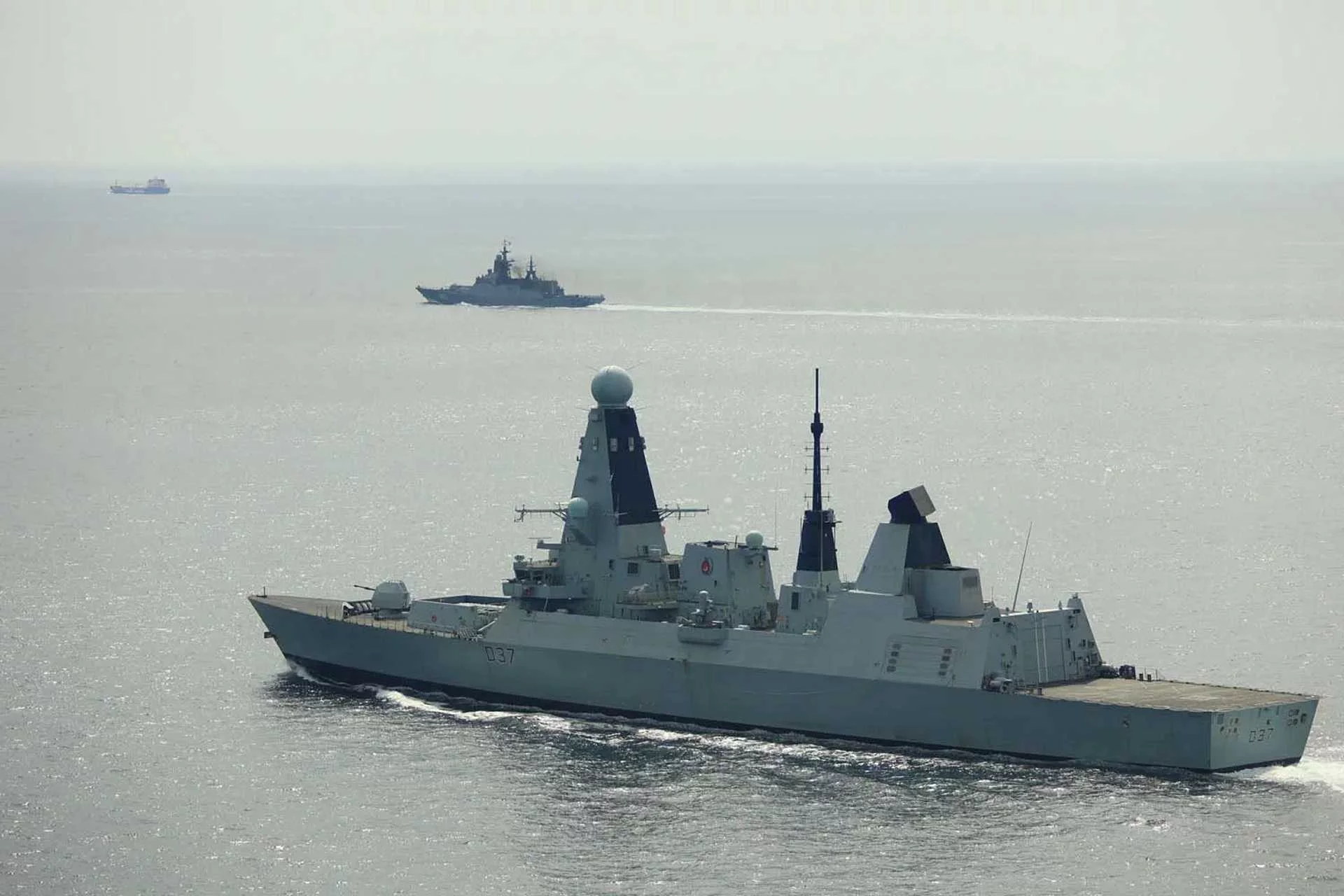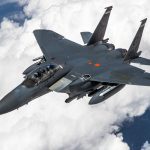In a focused four-day operation in June 2025, the British Royal Navy deployed warships and helicopters to monitor and escort Russian naval vessels transiting the English Channel and North Sea, underscoring the UK’s commitment to maritime security and NATO vigilance. The Type 45 destroyer HMS Duncan and the River-class offshore patrol vessel HMS Mersey played key roles in shadowing the Russian Steregushchiy-class corvette RFN Boikiy, which sailed eastward through the Channel.
HMS Duncan intercepted the Boikiy near the island of Ushant off the French coast on June 20, before HMS Mersey assumed escort duties off the Isle of Wight on June 21, allowing Duncan to resume training operations. The Boikiy, part of the Russian Baltic Fleet, is a stealthy multi-role corvette equipped with Uran anti-ship missiles, Redut surface-to-air missiles, torpedoes, a 100mm naval gun, and a Ka-27 helicopter for anti-submarine and surveillance missions.
This operation followed earlier Royal Navy tracking of the Russian frigate RFN Admiral Grigorovich and other Russian naval movements, highlighting a surge in Russian naval activity near UK waters. Notably, the Boikiy was observed using a disguised identification signal while transiting alongside two Russian oil tankers under Western sanctions, marking an unprecedented escalation in Russia’s maritime strategy.
UK Minister for the Armed Forces Luke Pollard reaffirmed the Royal Navy’s resolve to shadow Russian warships near British waters and protect critical infrastructure such as undersea cables. Commander Daniel Lee of HMS Duncan emphasized the strategic importance of these missions in safeguarding national security and upholding international maritime law.
The British Royal Navy’s intensified presence reflects growing concerns over Russian assertiveness in key maritime corridors, with the Royal Navy’s advanced platforms like HMS Duncan and HMS Mersey playing pivotal roles in maintaining vigilance and deterrence in the English Channel and surrounding seas.













